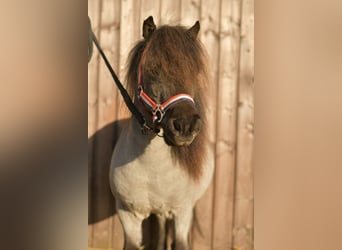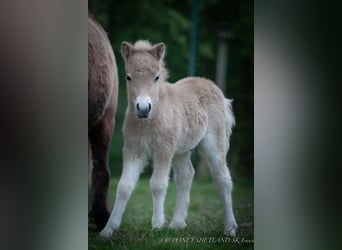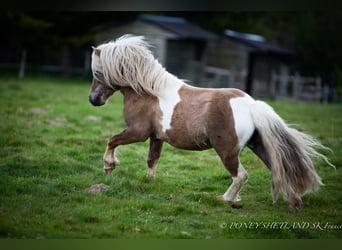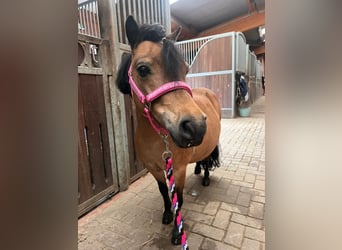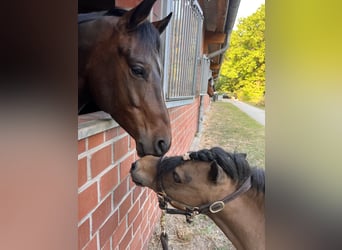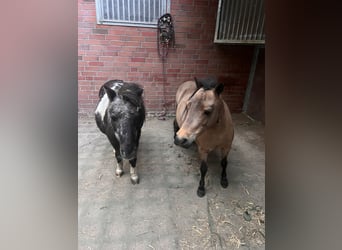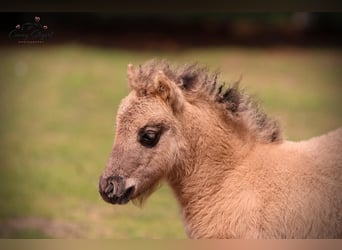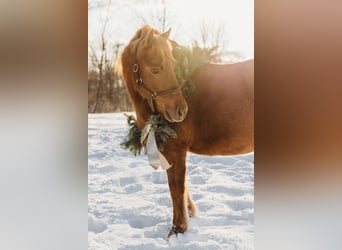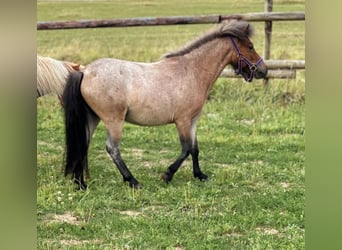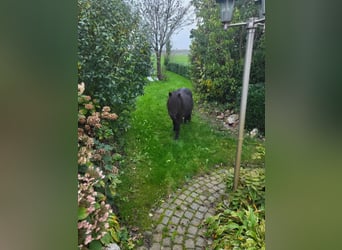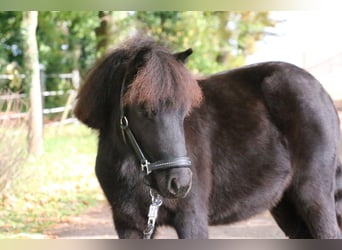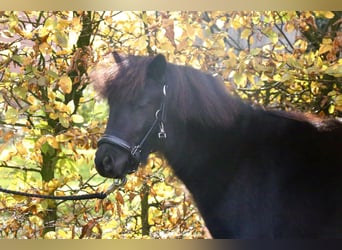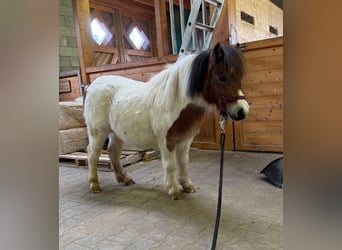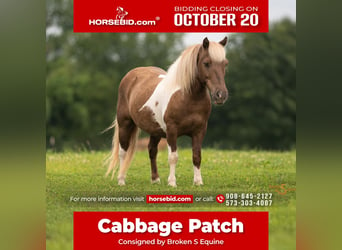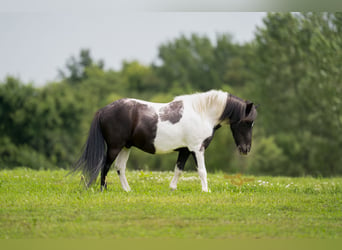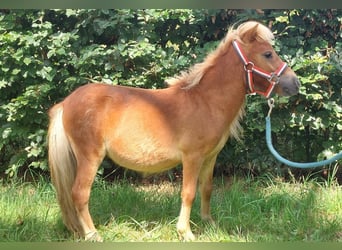DE
Shetland Ponies for sale
Page-1-Ad
In addition, interested parties can directly see more information. This significantly increases the number of potential buyers.

DE
DE
DE
DE
FR
DE
SE
DE
DE
DE
US
NL
DE
DE
DE
DE
US
US
There are few people who aren’t charmed by a stocky, stout-hearted Shetland pony. Known affectionately as shelts or shelties, “Scotland’s little giants” have played a surprisingly important part in the history of not only the Scottish nation, but the world. These remarkable ponies developed their robust constitution through centuries of life on the windswept Shetland Isles to the north-east of Scotland. Their ability to survive in the most challenging conditions is one of the top reasons given for choosing this breed by those who buy a Shetland pony. Tough, hardy Shetlands make a tremendous addition to any equestrian family, and those who breed or sell a Shetland are usually the biggest fans when it comes to spreading the word about their versatility.
How much does a Shetland Pony cost?
On ehorses, the current median price for a Shetland Pony is around $1.331, with listings ranging from $533 to $10.650, depending on individual characteristics such as level of training, bloodlines, or purpose of use.
Use and characteristics of Shetlands
The first impression of most Shetland ponies is that they are “typical Thelwells”, tiny creatures with attractive heads and a mass of full, flowing mane and tail. Their bodies are solid and round, set on short legs that are relatively fine yet very strong and clean of feather, giving them a surprisingly elegant appearance. People who buy a Shetland soon discover those little legs can move too, as Shetlands carry the C-gene for speed. While black is a foundation colour for registered stock, it’s also permissible to sell a Shetland with grey, chestnut, bay, brown or part colouring, though spotted coats are not allowed. Registered stock must also meet the height standards of 7 hands (70 cm/28 in) high to a permitted maximum of 10 ½ hands (107 cm/42 in) high when fully grown. Shetlands were used for centuries as pack ponies on the islands, carrying local produce such as peat and seaweed for fertiliser. They were also used for driving and for ploughing the areas of land that could be cultivated. Relative to their size, Shetlands are one of the most powerful breeds of pony.
Origin and history of breeding Shetland ponies
Ponies have lived on the Shetland Isles and neighbouring Orkney since the Iron Age, which began around 800 BCE in this region. Archaeological excavations have discovered the remains of Shetland-sized ponies as well as slightly larger equines. The people of the islands were originally Picts, whose traditional culture continued until the arrival of Norse seafarers who occupied the islands. The Norse were traders as well as warriors, and they may have both brought their own ponies and taken ponies from Ireland and Scotland to form the foundation of the Icelandic stock. DNA similarities certainly suggest a connection between Icelandic, northern British and some Irish breeds of pony, and this group is unique and separate from other European and “Oriental” strains. A major turn in the fortunes of the Shetland came with the passing of acts in the mid-19th century that prevented women and children from working in coal mines. Mine owner Lord Londonderry set up a stud on Shetland to ensure a constant supply of ponies to take their place working underground in northeast England. Most Shetlands today are their descendants.
Shetland ponies in equestrianism
Now that the last Shetlands have thankfully left the mines, these little stars have the chance to succeed in many other activities, from the Shetland Grand National to scurry driving. They excel as therapy and companion ponies and compete successfully in agility classes. The Dancing Pony, a Shetland, became an internet sensation, and 30-year-old therapy Shetland pony Smurf was recently given Pony of the Year status in the UK. Shetlands have contributed to several international breeds, including the Pony of the Americas.
Interior of Shetland ponies
Shetland Ponies are known for their friendly and affectionate personalities. They are intelligent, curious, and often display a mischievous streak. Despite their small size, they are hardworking and have a strong work ethic. Shetland Ponies are loyal and bond closely with their owners, making them popular as children's ponies and family pets.
Exterior of Shetland ponies
Shetland Ponies are small but sturdy, with a thick double coat that helps protect them from the harsh weather conditions of their native Shetland Islands. They have short, sturdy legs and a broad chest, with a short, compact body. Shetland Ponies come in a variety of colors, including black, chestnut, bay, and gray, and can have white markings on their faces and legs.
History of Shetland ponies
The history of the Shetland Pony dates back to the Bronze Age, when ponies were used for transportation and carrying loads in the Shetland Islands. Over time, the breed was refined and became known for its small size and hardiness, making them ideal for the harsh conditions of the islands. In the 19th century, Shetland Ponies were exported to mainland Britain and other parts of the world, where they were used in coal mines, as carriage ponies, and as children's riding ponies. Today, the breed remains popular for a variety of purposes, including as pets, in shows, and for driving.















